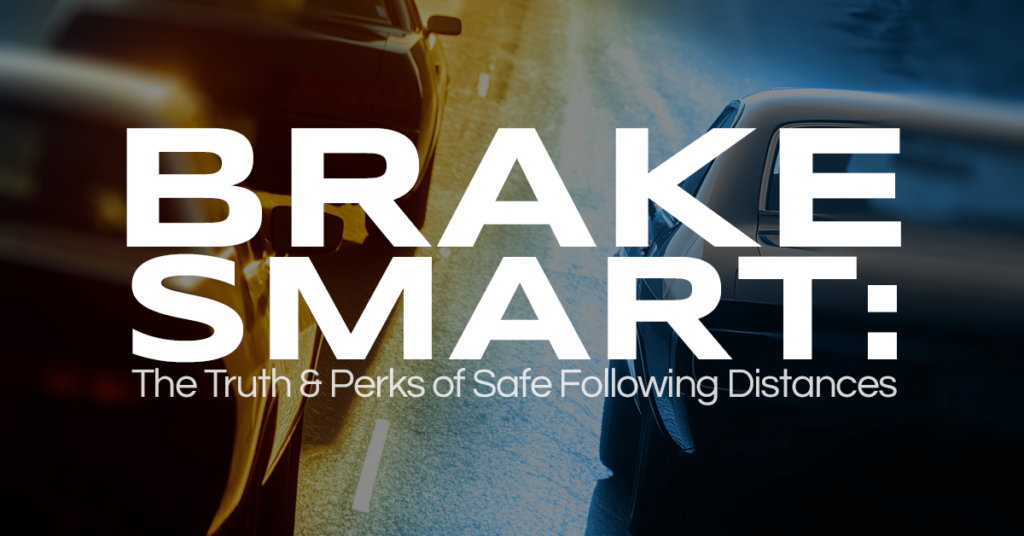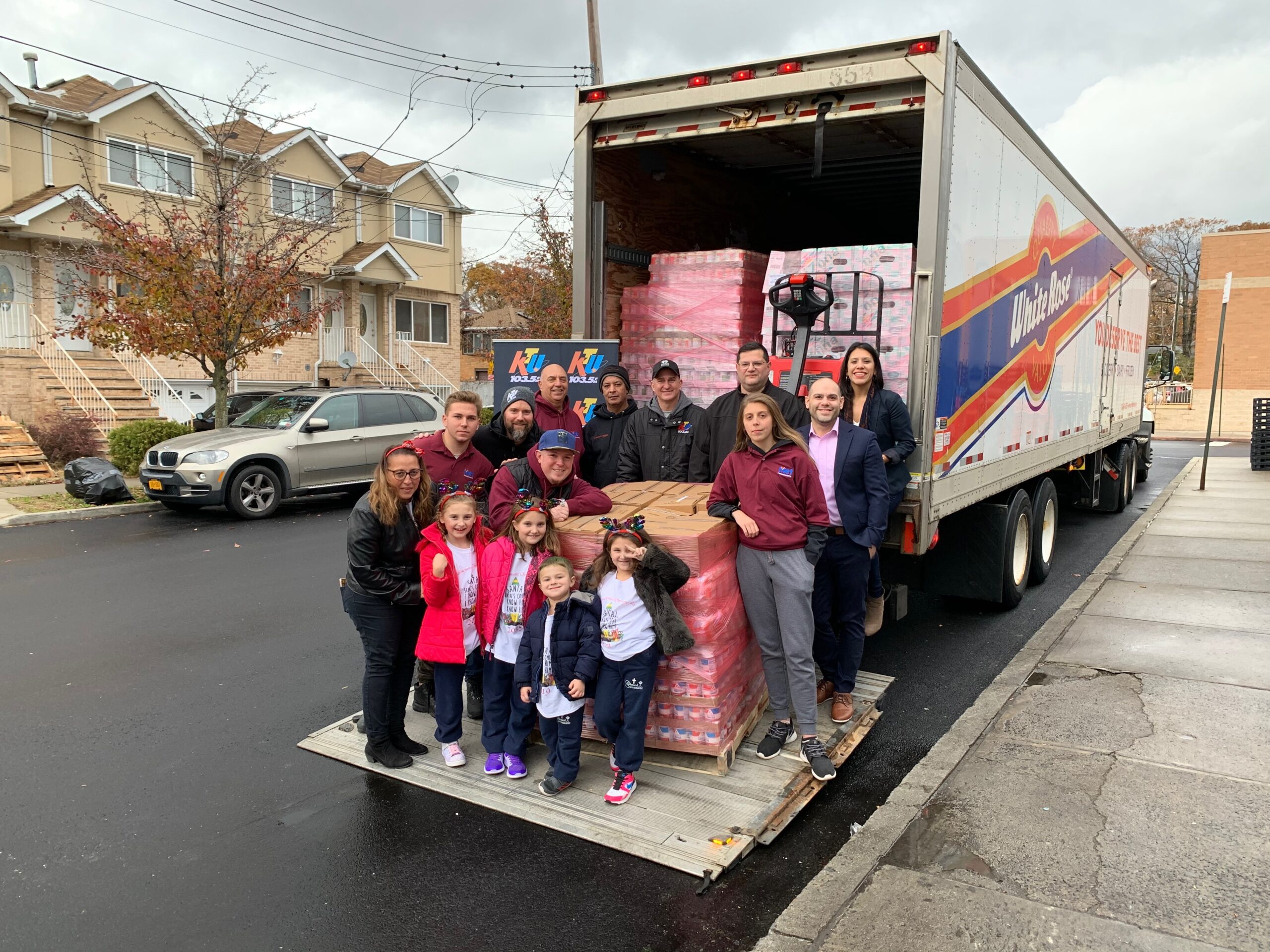
Keep Your Drive Safe and Smooth: Mastering Following Distances
Whether you’re a professional truck driver navigating long hauls or a daily commuter running errands, maintaining a safe following distance is key to staying safe on the road. It’s not just about avoiding rear-end collisions; it’s about creating a smoother, more relaxed driving experience that benefits both you and your vehicle. Join us as we dive into the science of following distances, the practical benefits, and how to adjust for different driving conditions. Ready to boost your safety, reduce stress, and keep your vehicle running smoothly? Keep reading for expert tips that apply to every driver—whether you’re hauling freight or just picking up groceries.
Brake it Down: The Science of Stopping Safely
When it comes to staying safe on the road, maintaining a safe following distance is more than just common courtesy—it’s backed by hard science. Whether you’re cruising down the highway or navigating city streets, the time it takes to stop your vehicle depends on key factors like your reaction time, vehicle speed, and road conditions. Research shows that even a split second can make the difference between safely stopping and a dangerous collision.
Reaction Time and Human Limits
- According to a study from the National Institutes of Health (NIH), the average reaction time for a driver to perceive a hazard and begin braking is about 1.5 seconds. During that time, a vehicle traveling at 60 mph will cover about 132 feet before the brakes are even applied. Keeping a safe following distance allows you the critical extra seconds needed to avoid rear-ending the car ahead, especially in fast-moving traffic.
The Proven Three-Second Rule
- The “three-second rule” is a widely recommended guideline, supported by safety organizations like the National Highway Traffic Safety Administration (NHTSA), to ensure drivers have enough time to react. Research shows that at higher speeds, this rule can help reduce collisions by giving drivers ample time to adjust to sudden stops or changes in traffic. By choosing a fixed point on the road and counting to three as the vehicle in front passes it, drivers can gauge if they’re maintaining a safe distance. If conditions are poor, increasing the buffer to four or five seconds is advisable.
The Impact of Road Conditions
- Studies from the Insurance Institute for Highway Safety (IIHS) have shown that adverse weather conditions, like rain or snow, can increase stopping distances by 20-50%. Wet roads reduce tire traction, meaning it takes longer for your vehicle to come to a full stop. In these conditions, following too closely dramatically raises the risk of skidding or losing control, making it crucial to extend your following distance beyond the three-second rule.
Understanding the science behind safe following distances is the first step toward being a more responsible and prepared driver. But beyond accident prevention, maintaining this space comes with unexpected perks that make every drive more efficient and enjoyable. By allowing extra room on the road, you’re not just protecting yourself and others—you’re also reducing wear on your vehicle, improving fuel efficiency, and driving with greater confidence.
Stress Less, Drive More: The Mental Benefits of Distance
Maintaining a safe following distance isn’t just about avoiding accidents—it’s about making your driving experience smoother and more efficient. Giving yourself enough space between vehicles does wonders for your car’s health and your peace of mind. By reducing the need for sudden braking and constant adjustments, you save your brakes and tires from excessive wear and tear, while also lowering your stress behind the wheel.
Smoother Driving, Less Wear and Tear
- When you’re not tailgating, there’s less need for abrupt stops, which means your brakes don’t have to work as hard. This leads to less friction on your tires and brake pads, extending their lifespan. In the long run, this simple habit can save you money on vehicle maintenance and repairs.
Improved Fuel Efficiency
- Frequent braking and accelerating waste fuel, but maintaining a safe distance allows for smoother driving. According to the Environmental Protection Agency (EPA), smooth driving can improve fuel economy by up to 33% on highways. By reducing sudden stops, you keep your vehicle running efficiently, which is not only good for your wallet but also for the environment.
Lower Driver Stress
- Following too closely often leads to stressful, reactionary driving, where every sudden movement of the car in front requires an immediate response. By keeping a safe distance, you give yourself more time to react, which allows for a more relaxed and enjoyable driving experience. Less stress on the road means better focus, which can make your trips not only safer but also more pleasant.
By now, it’s clear that keeping a safe following distance isn’t just a matter of safety—it’s a smart, stress-reducing habit that improves your overall driving experience. From cutting down on wear and tear to boosting fuel efficiency, this simple change has plenty of long-term benefits. But how do you ensure you’re always maintaining the right distance in different driving conditions?
Up next, we’ll dive into practical tips for adjusting your following distance based on speed, weather, and road conditions, helping you stay in control no matter what the road throws your way.
The Space Race: Mastering Following Distance in All Conditions
Staying safe on the road means adapting your driving habits to match the conditions you’re facing, and that’s especially true when it comes to following distance. Whether you’re navigating icy roads in winter or cruising on a dry highway, adjusting your space based on factors like weather, speed, and visibility can be the difference between a smooth stop and a near-miss.
Adjust for Weather Conditions
- In bad weather, like rain or snow, your stopping distance increases significantly. The standard “three-second rule” may not be enough in these conditions—experts recommend doubling or tripling that time to six or even nine seconds. This extra space gives your tires more time to grip the road, especially when surfaces are slick and unpredictable.
The Three-Second Rule
- Under normal conditions, the three-second rule is a solid guideline for safe driving. Pick a fixed object ahead, and once the car in front passes it, count “one thousand one, one thousand two, one thousand three.” If you reach the marker before finishing the count, you’re too close and should gradually ease off the gas to increase the distance.
Recognizing When You’re Too Close
- If you’re constantly adjusting your speed or feel the need to brake every few seconds, you’re probably tailgating. Pay attention to how frequently you have to hit the brakes. If it’s often, gently reduce your speed to create more space between you and the vehicle ahead without disrupting the flow of traffic.
Adapting for Speed
- The faster you go, the longer it takes to stop. On highways, even the three-second rule may not give you enough stopping distance due to higher speeds. Increasing your following distance to four or five seconds ensures you have enough time to react to sudden slowdowns or lane changes.
By applying these practical tips, you’ll be better equipped to handle whatever conditions you encounter, whether it’s a rainy day commute or a high-speed highway drive. Maintaining the right following distance is key to staying safe, comfortable, and efficient on the road. Now that you’ve learned how to keep a safe buffer, it’s time to put these strategies into practice.
 Final Lap: Distance Makes a Difference
Final Lap: Distance Makes a Difference
Wrapping up, it’s clear that maintaining a safe following distance is about more than just preventing accidents—it’s about creating a smoother, more efficient driving experience. From better fuel efficiency to reduced stress behind the wheel, giving yourself (and your vehicle) that extra space pays off in more ways than one. Whether you’re a professional driver or a daily commuter, these simple techniques can make every drive safer and more enjoyable.
We’d love to hear your thoughts! Share your experiences in the comments, and let’s keep the conversation going. Be sure to check back next week for Optimum Staffing’s latest safety tips and updates, as we continue to provide weekly recaps and advice to keep you informed and ready for the road. Safe travels!
Ready to shift your career into high gear? Optimum Staffing Solutions offers a world of opportunities designed to match your ambitions. Whether you’re a veteran CDL driver looking for new roads to conquer, an aspiring recruiter, or an industrial professional eager to innovate in manufacturing, we are here to guide your journey. Picture yourself thriving in roles that range from machine operation and production to leadership and administration. Imagine being part of a team where logistics and warehouse experts, including dispatchers, inventory specialists, and operations managers, work seamlessly to create unparalleled efficiency. Your next career move isn’t just a job; it’s a pathway to success. Join us and let’s drive towards a brighter future together!
 For Businesses Seeking Top-Notch Talent:
For Businesses Seeking Top-Notch Talent:
Finding the right talent can be as complex as navigating the busiest intersections, but Optimum Staffing Solutions simplifies the journey. We are your trusted partner in connecting your business with professionals who excel in their fields and are passionate about driving your success. Whether you need skilled CDL drivers to navigate critical routes, machine operators to maintain production flow, payroll administrators to manage financial efficiency, or healthcare professionals to deliver exceptional patient care, we have you covered.
Our curated talent pool includes IT specialists to fortify your tech infrastructure, retail managers to transform customer experiences, and construction project managers ensuring quality infrastructure. With tailored solutions that perfectly fit your business needs, explore our comprehensive staffing services today and discover how we can help keep your operations running smoothly and efficiently. If you’re in search of a role, be sure to check out our open positions. Additionally, if you need direct hire staffing solutions for commercial driving or industrial positions, be sure to explore our offerings.
We extend our heartfelt thanks to you for engaging with this post. Safe travels and successful ventures to all our readers. Whether you’re hitting the road or mastering the craft on the manufacturing floor, remember, Optimum Staffing Solutions is here to support your journey every mile and milestone of the way.
If you made it to this part of the post, we’d just like to take a moment to thank you for taking the time to read this article. Be safe out there and as always, If you’re in search of a role, be sure to check out our open positions. And if you need staffing solutions for commercial driving or industrial positions, be sure to explore our offerings.



